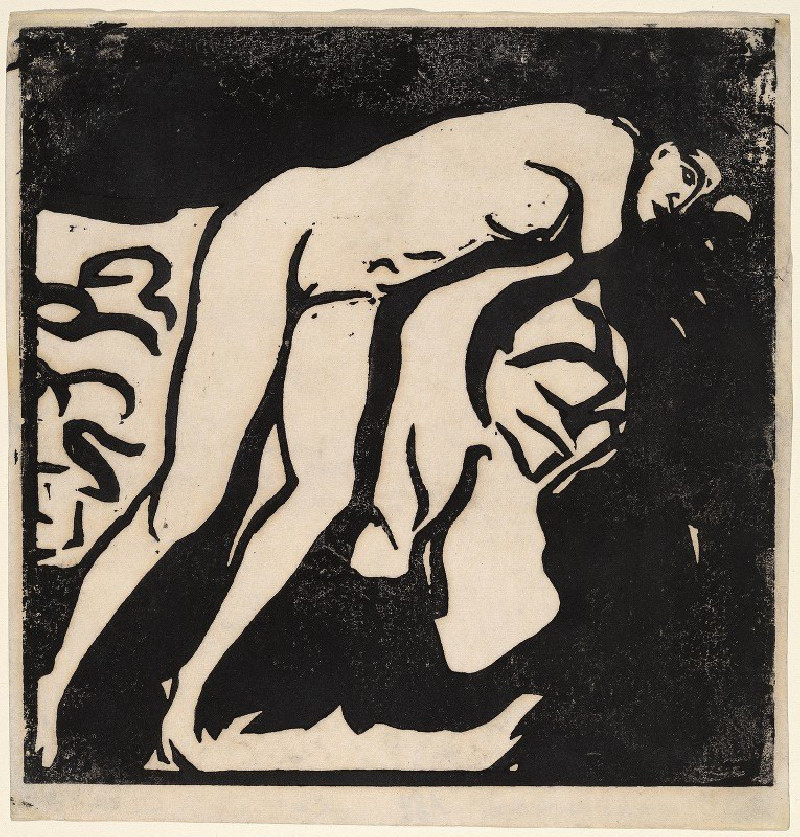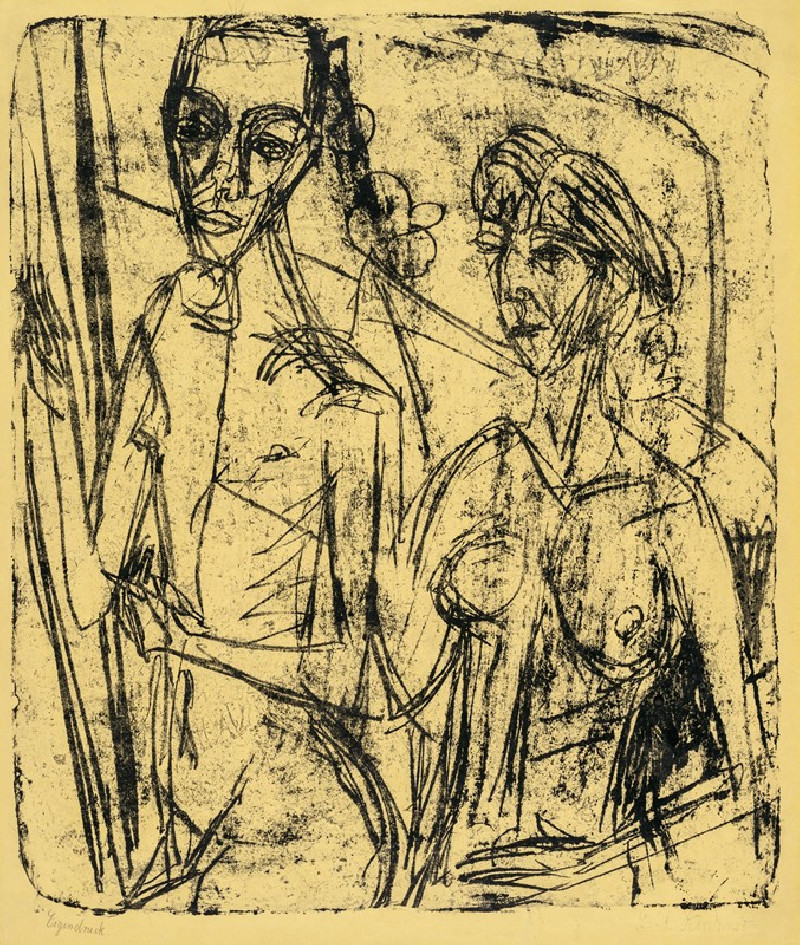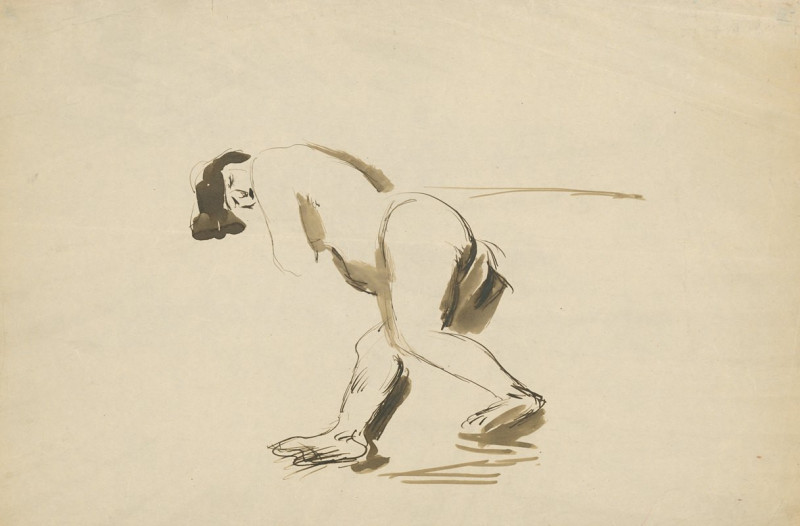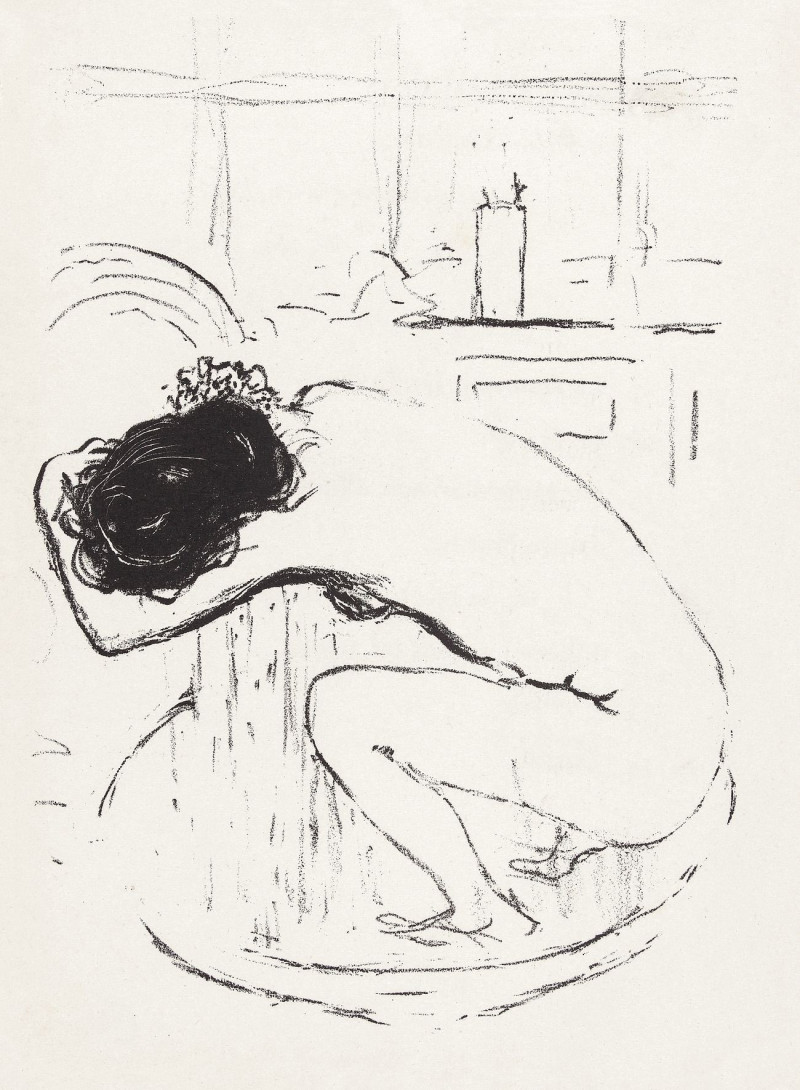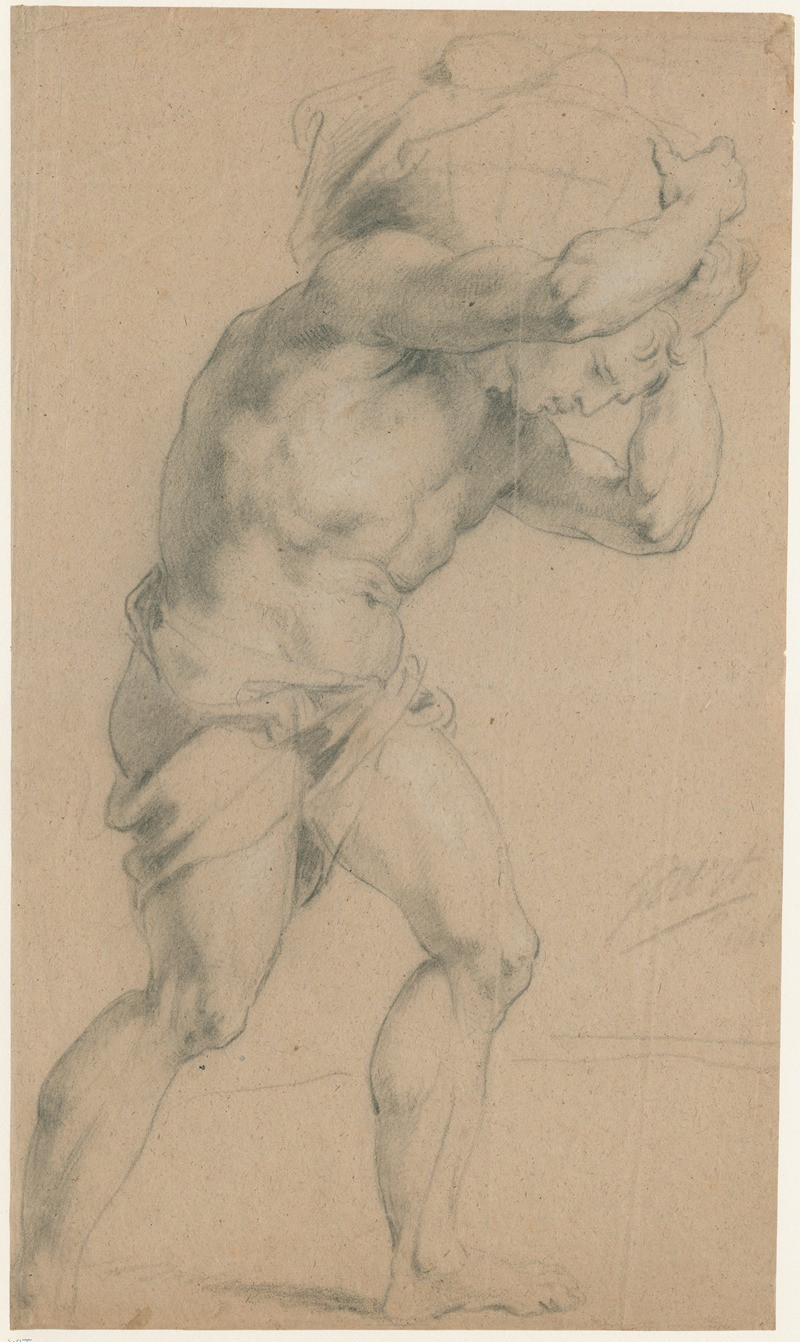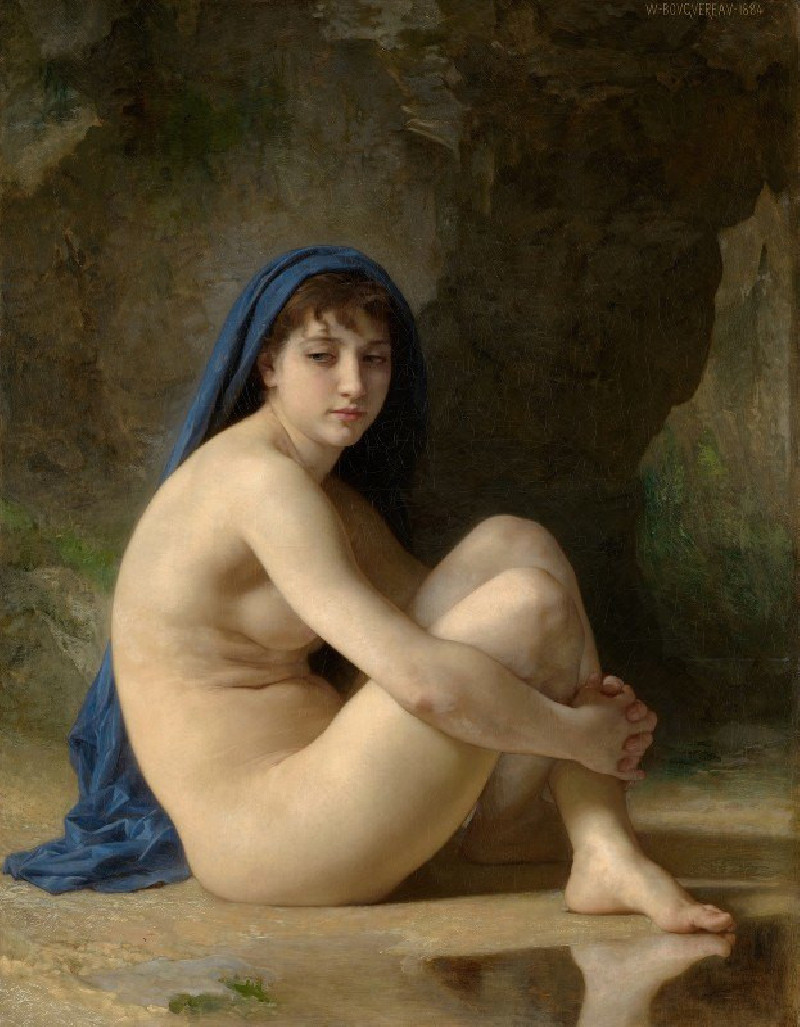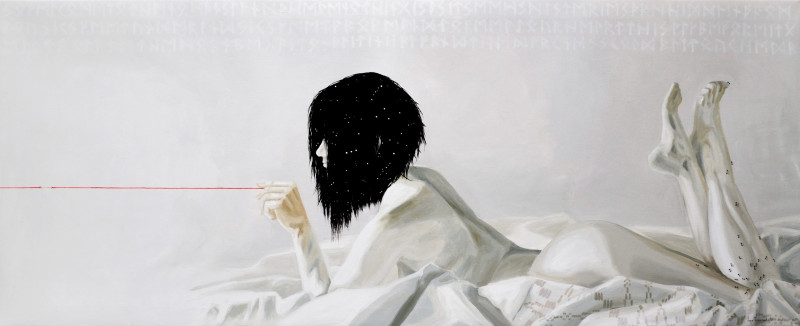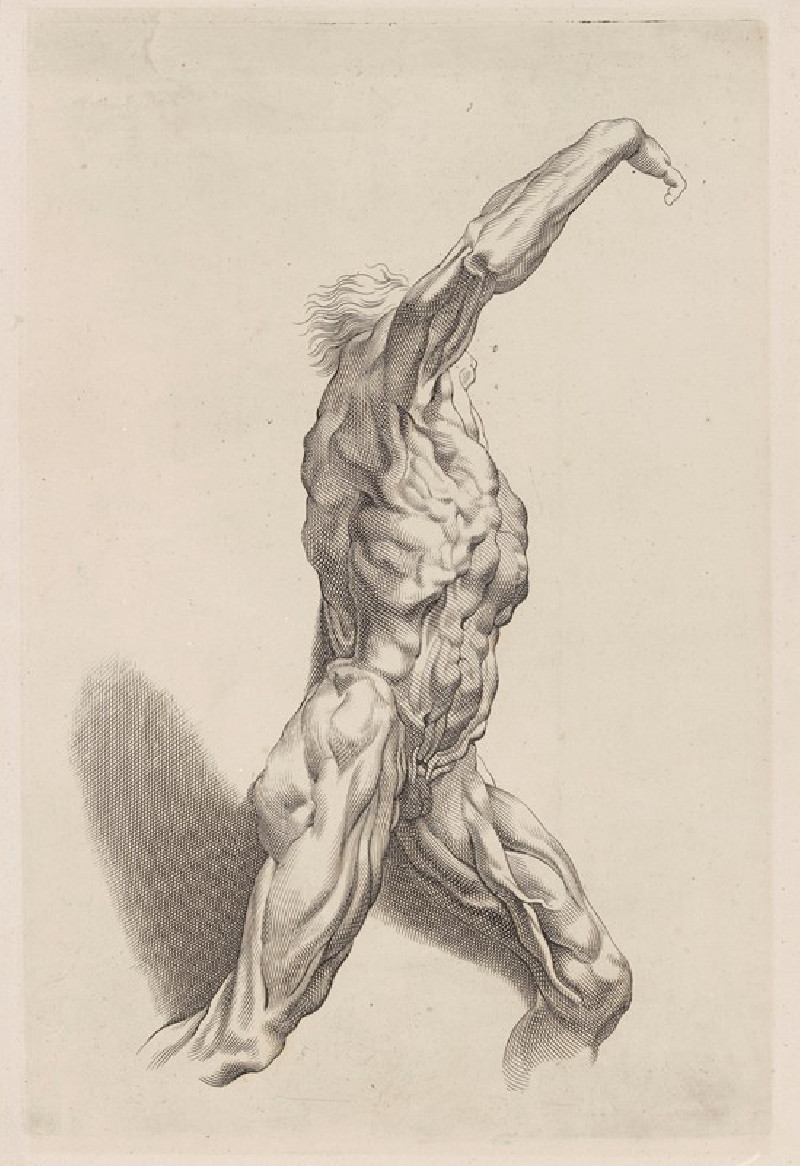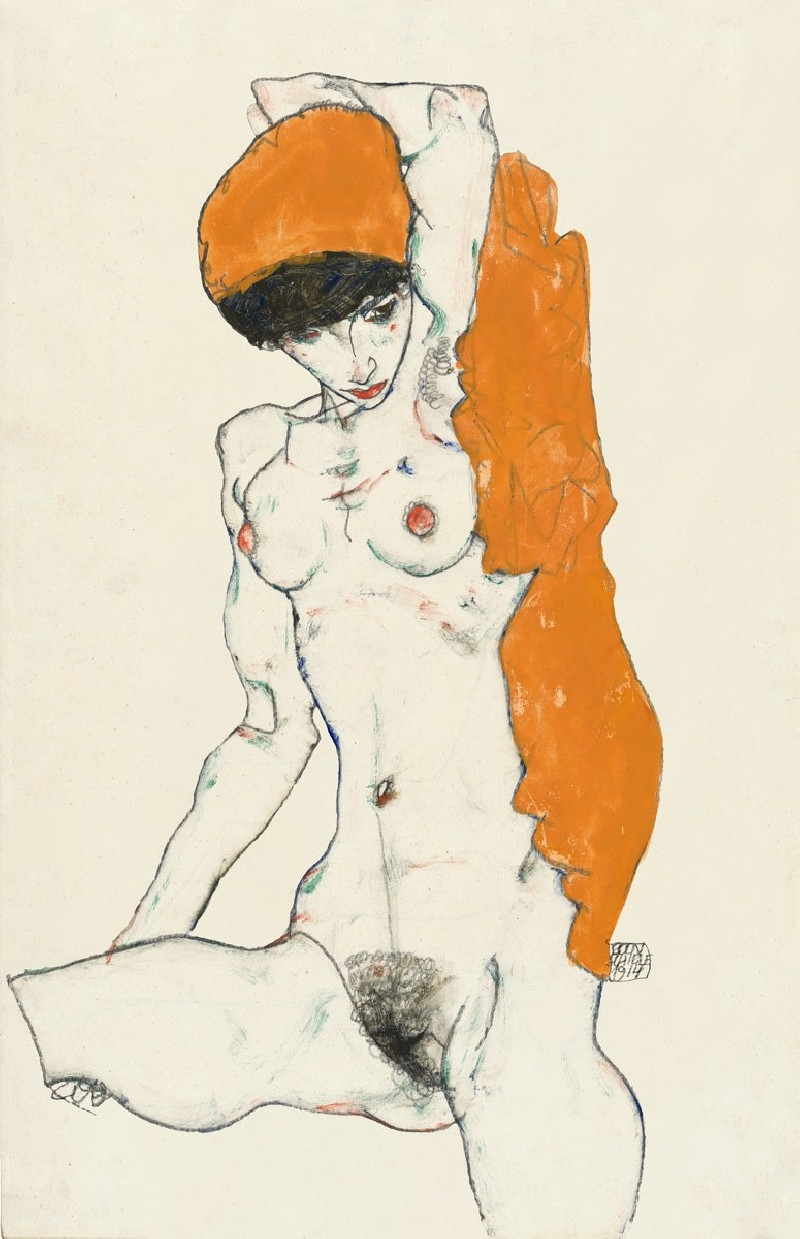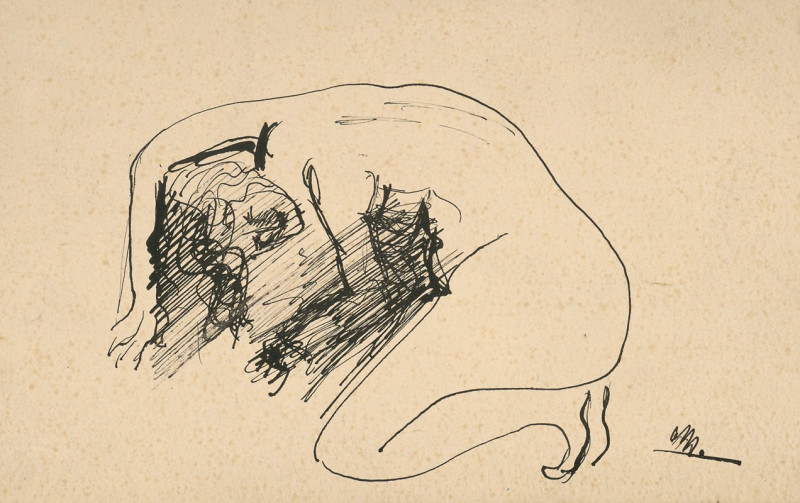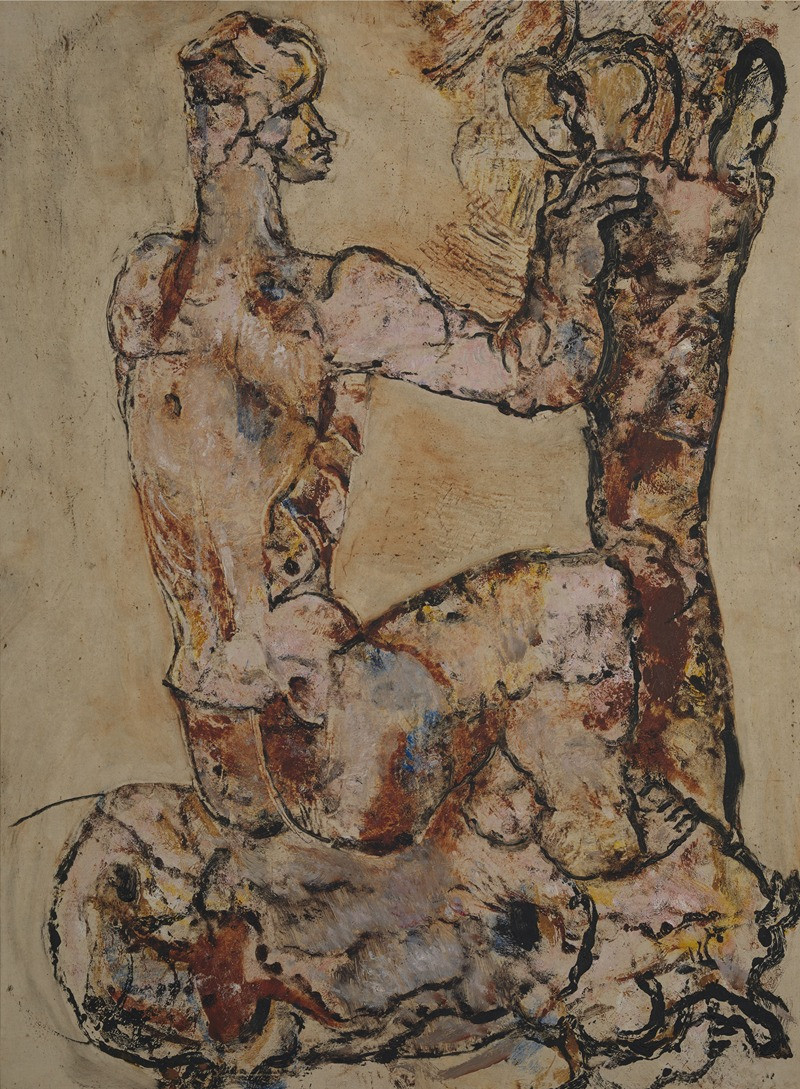Nude Girl (1906)
Technique: Giclée quality print
Recommended by our customers
More about this artwork
Ernst Ludwig Kirchner's "Nude Girl" (1906) is a compelling example of early expressionist art. This woodcut print presents a stylized nude female figure, encapsulating Kirchner’s radical departure from traditional forms and conventions towards a more expressively characterized portrayal of human subjects. The composition is marked by bold, stark contrasts between the black and white areas, which enhance the dramatic effect and emotional intensity of the image.The figure in the piece is depicted in a dynamically twisted posture, her forms rendered through strong, sweeping black lines that seem to carve out the figure from the surrounding space. This contrast not only highlights the expressive nature of the subject's form but also conveys a sense of depth and movement. The simplification of the figure’s features, typical of Kirchner's prints from this period, mirrors the artist’s focus on conveying feeling and tension over realistic depiction."Nude Girl" is more than just a portrait; it's a striking expression of human vulnerability and sensuality, reflecting the broader themes of human existence and emotion that Kirchner explored throughout his career.
Delivery
Returns
Ernst Ludwig Kirchner (1880–1938) was one of the most important German Expressionist painters. He was a co-founder of Die Brücke, a group of German expressionist artists formed in Dresden in 1905. Die Brücke and Kirchner took inspiration from Vincent Van Gogh and Edvard Munch, as well as African and Oceanic art. They used woodblock printing as a medium to showcase their signature style: flat, unrealistic images with vivid colors. The recurring themes in Kirchner's artworks included exotic cultures, faraway landscapes, self-portraits, dancers and Berlin street life. His paintings and prints effectively portrayed non-European cultures despite the fact that he never traveled outside of Europe.

